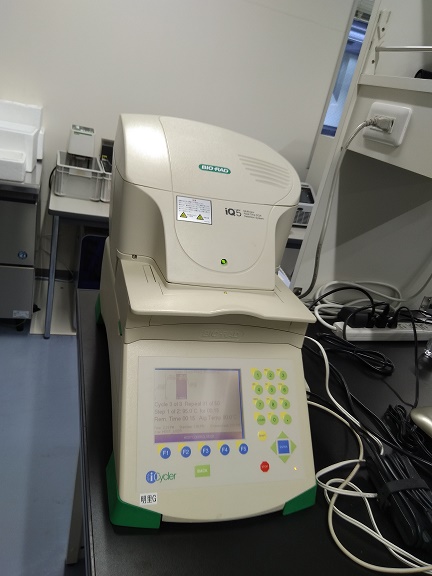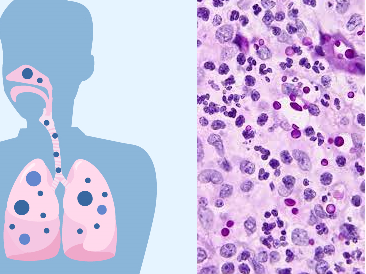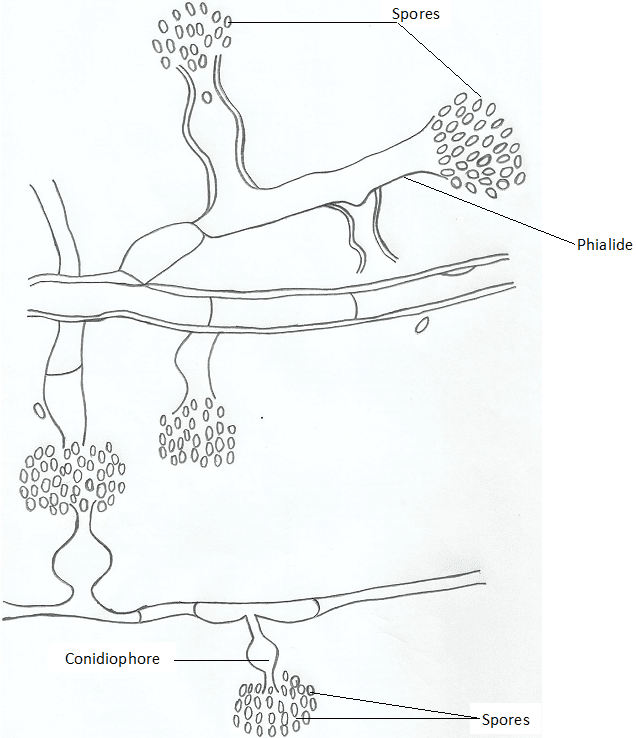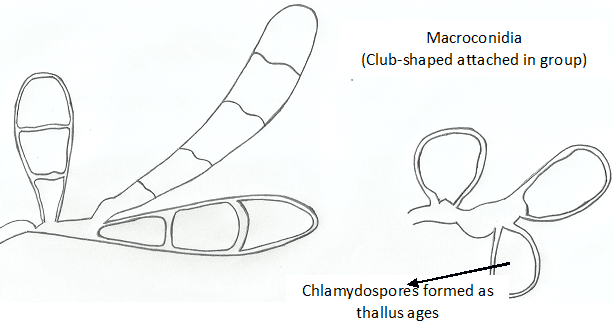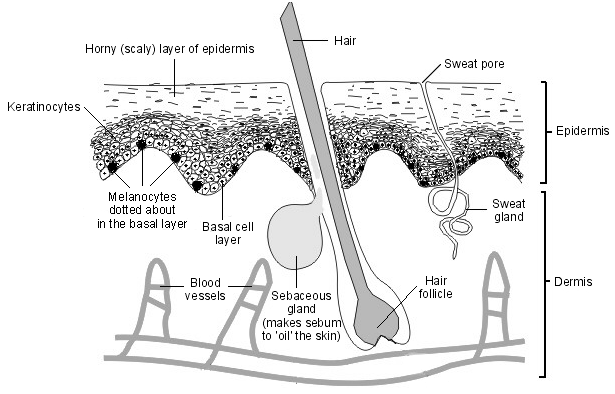Benefits of Fermentation
Fermentation processes are broadly divided into two parts viz: liquid fermentation and solid fermentation. In liquid fermentation, the microbial cells are suspended in an aqueous nutrient medium. But in solid fermentation, the microbial cells are adsorbed to a solid and nutrient rich material that supports the growth of the organism. The volume of free liquid […]
Benefits of Fermentation Read More »
Industrial Microbiology





